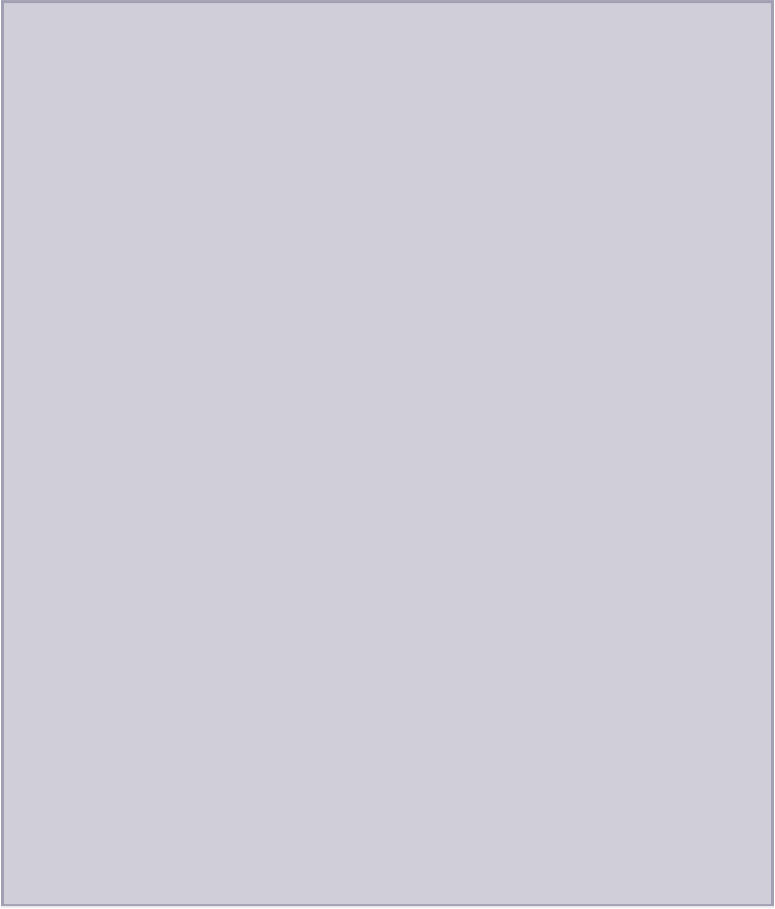Travel Reference
In-Depth Information
turned his attention to Bolivia, where he hoped to start a guerrilla conflagration that would
spread into neighbouring countries (including his native Argentina) and draw the US into
a “second Vietnam”, culminating in a continent-wide revolution. Bolivia's rugged terrain,
strategic position in the centre of the continent and proximity to Argentina made it an at-
tractive location,thoughinfactthechoicewastoproveafatalmistake-inallSouthAmer-
ica, Bolivia was the only country where
radical land reform
had already been carried out,
and so the revolutionary potential of the peasantry was low.
ON THE RUN IN BOLIVIA
In 1966, Che set off to Bolivia with a few chosen Cuban companions and set up his base at
Ñancahuasu, a farm on the fringes of the Chaco in the Andean foothills, 260km southwest
of Santa Cruz. In hindsight, Che's Bolivian venture was doomed from the start. Opposed to
Che's guerrilla strategy and anxious to run things on its own territory, the
Bolivian Com-
munist Party
quickly withdrew its support. The few Bolivian recruits he did manage to
enlist proved unreliable and squabbled with the Cubans, and the guerrillas' presence was
betrayed by deserters even before initial preparations were complete. Unable to attract a
single recruit from the local peasantry, Che's small band (they never numbered more than
fifty) quickly found itself on the run, divided into two groups blundering through harsh
terrain with little food or water while the Bolivian army, backed by US military trainers
and CIA advisers, closed in from all sides. Without sufficient medicine, Che himself was
crippled by asthma, and reduced to travelling by donkey. On September 26, 1967, Che's
ragged fighters marched through the hamlet of
La Higuera
, straight into an army ambush
in which three guerrillas were instantly killed. Che and the sixteen other survivors retreated
into a canyon, the
Quebrada del Churo
, where they were quickly surrounded. On Octo-
ber 8 they were captured by a company of elite US-trained Bolivian Army Rangers. In the
ensuing shoot-out, Che was hit in the calf; another bullet destroyed his carbine, and he was
captured. Filthy and emaciated, he was taken to La Higuera and held in the schoolhouse
for interrogation by Bolivian army officers and a Cuban-born CIA agent. The next day,
the order to execute Che came through from the Bolivian high command. His dreams of a
continent-wide revolution were ended by two bursts from a semi-automatic rifle fired by a
sergeant who volunteered for the task. According to legend, Che's last words were: “Shoot,
coward, you are only going to kill a man.”
His body was flown to
Vallegrande
and displayed to the press before being secretly bur-
ied,asifhisenemiesfearedhimmoreindeaththaninlife.Inmanyways,theywererightto
do so, as Che's example inspired thousands of young men and women across Latin Amer-
ica.
Museo Municipal Ruta del Che Guevara
On the southwest side of Plaza 26 de Enero • Mon-Fri 8.30am-noon & 2-5pm • Bs10

